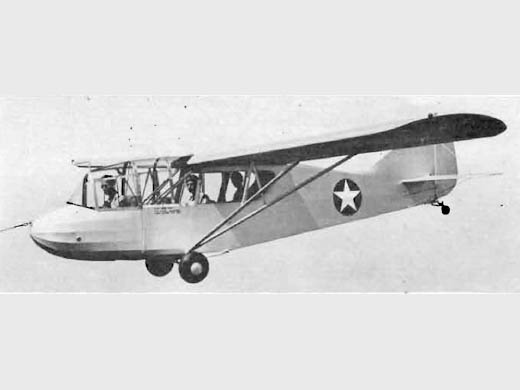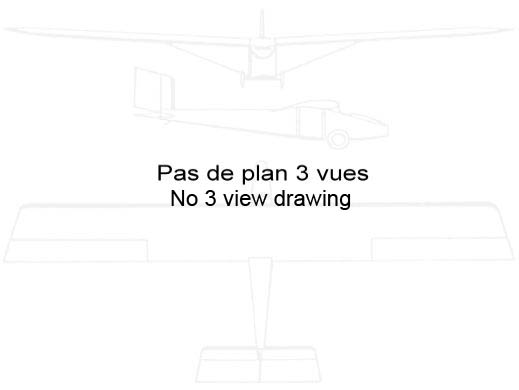| Histoire résumée | The Aeronca TG-5 illustrated, and the near-duplicate Taylorcraft TG-6's and Piper TG-8's a11 deserve a great vote of thanks from the postwar crop of American Soaring Pilots, for it is due to the existence of these converted lightplanes that the sailplane-type trainers, the Cinema TG-1's, Schweizer 2-8's (known as TG-2's), the TG-3's, and the L-K TG-4's were declared surplus early in the war. Had they been used throughout as military trainers, there would have been a much smaller number available to the soaring movement. The Army decided early in the glider program that the sailplane was not a suitable vehicle in which to train military cargo glider pilots, nor, under the prevailing conditions, was it an efficient vehicle in which to give primary instruction. Lightplanes were then pressed into service to teach the fundamentals of flight, and glider technique, as distinguished from soaring, was taught in converted stock lightplanes that had been converted to gliders through the major modification of replacing the engine section forward of the firewall with an extended nose and a third seat. The landing gear was cut down in size since there was no need for propeller clearance, and a nose skid was added. The absence of propeller slipstream made an increase in vertical fin area necessary, and aside from the addition of spoilers to the wings (aIso used on some of the lightplane liaison types), the airframes ,was standard Aeroncas, T-crafts. and Cubs. Altogether, 759 of the three-seat trainers were ordered, 253 of each, more than double the production orders for the standardized sailplanes. The ex-lightplanes had handling characteristics and performance much more like the cargo gliders that the pilots were to fly than had the sailplanes, and they gave good service as transition trainers until the cargo models were in sufficiently large scale production to become available as trainers thpmselves. However, in spite of their availability on the surplus market after WWII, there is no record of any seeing service as civilian gliders although a number of the T-crafts are known to have been re-converted to powered airplanes, in which form they were similar to slightly-modified L-2 liaison planes. |



